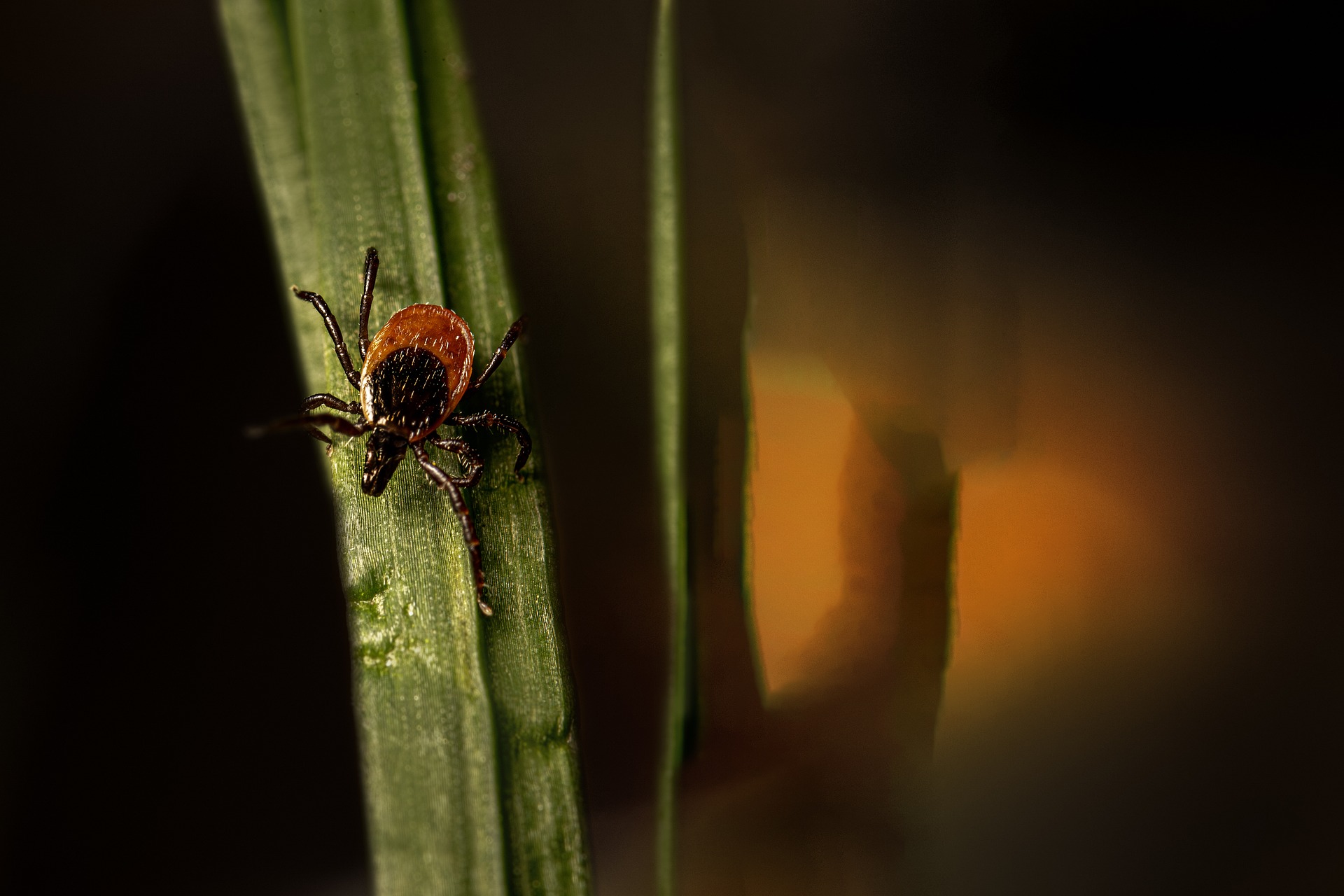The image i provided is a photograph of a tick, specifically identified as a Castor Bean Tick (Ixodes ricinus). Castor Bean Ticks are ectoparasites that feed on the blood of mammals, birds, and sometimes reptiles. Here are some key features and characteristics of Castor Bean Ticks:
- Appearance: Castor Bean Ticks are small arachnids with a flattened body shape and eight legs as adults. They have a reddish-brown to dark brown coloration, and their bodies may appear swollen and elongated after feeding. Like other ticks, they have a specialized mouthpart called a hypostome used for anchoring into the host’s skin and feeding on blood.
- Habitat: Castor Bean Ticks are commonly found in wooded areas, grasslands, shrubs, and other vegetated habitats where their hosts, such as small mammals and birds, are present. They are often encountered in leaf litter, tall grass, and other areas where they can quest for hosts.
- Lifecycle: Castor Bean Ticks undergo a complex lifecycle with four stages: egg, larva, nymph, and adult. After hatching from eggs, the larvae seek out hosts for their first blood meal. Once engorged, they molt into nymphs and then into adults. Both nymphs and adults require blood meals to molt and reproduce.
- Feeding Behavior: Castor Bean Ticks are obligate blood feeders and require multiple blood meals to complete their lifecycle. They attach to their hosts by inserting their mouthparts into the skin, where they feed on blood for several days before detaching and dropping off the host.
- Disease Transmission: Castor Bean Ticks are known vectors of various diseases that can affect humans and animals, including Lyme disease, tick-borne encephalitis (TBE), and babesiosis. They can transmit pathogens such as bacteria, viruses, and protozoa through their bites.
- Prevention: To prevent tick bites and reduce the risk of tick-borne diseases, it’s essential to take precautions when spending time in tick-infested areas. This includes wearing long sleeves and pants, using insect repellents containing DEET or permethrin, conducting regular tick checks after outdoor activities, and promptly removing attached ticks with tweezers.
Overall, Castor Bean Ticks are medically significant parasites that can pose health risks to humans and animals through their bites and disease transmission. It’s important to be aware of their presence and take appropriate measures to prevent tick bites and reduce the risk of tick-borne illnesses.
Views: 22
Subscribe to the newsletter:
